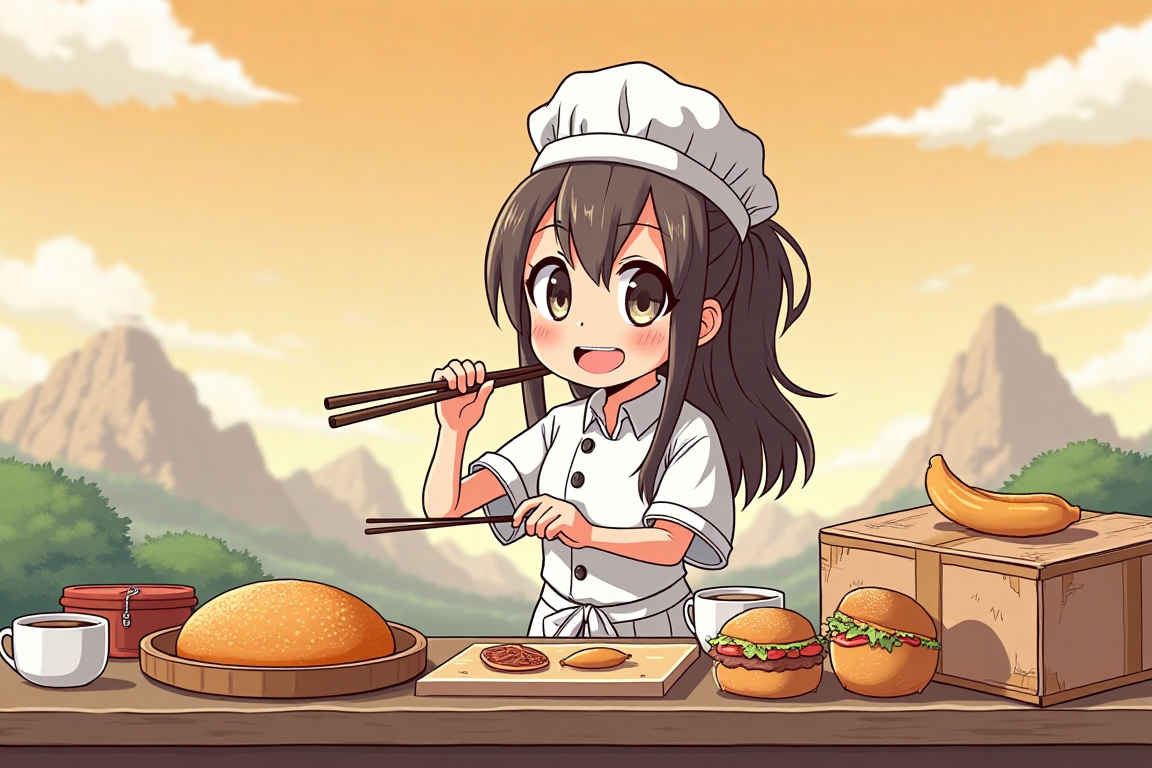How to Say Take Away in Japanese
(And Why I Once Ended Up with a Whole Chicken…)
Have you ever tried to order food in another country and ended up with something completely different from what you wanted? Yeah… same here.
Japan is magical—from bullet trains to vending machines that sell hot corn soup (yes, really). But ordering food? That can be an Olympic-level challenge when you don’t speak the language.
So let’s say you’re in Tokyo, drooling over a juicy karaage (Japanese fried chicken) at a convenience store. You don’t want to eat in. You just want to take it away. Easy, right?
Wrong.
Unless… you know how to say “take away” in Japanese like a pro.
Read on to avoid embarrassing situations—and maybe even save yourself from ending up with a whole rotisserie chicken you didn’t order.
First Things First: What’s the Japanese Word for “Take Away”?
Let’s cut to the chase. The main word you’re looking for is:
お持ち帰り(おもちかえり)
Omochikaeri – literally means take home.
Super polite, very proper, and used everywhere in restaurants, cafes, convenience stores, and even those tiny bento stalls hidden inside train stations.
Wanna sound a bit more chill? You can also go with:
テイクアウト (teiku auto)
Yep, it’s just “take out” written in katakana. Welcome to the world of Japanese-English mashups, where your burger is called a “hanbāgā” and your fries are “furaido poteto.”
But don’t worry—we’ll dive deeper. I gotchu.
The Tale of the Accidental Chicken
Quick story. My first week in Japan, I found this cozy little yakitori spot that smelled like heaven had just opened a franchise.
I confidently strolled in, pointed at some grilled chicken skewers on the menu, and said what I thought was “take away.”
What did I say instead?
“Omochi kaeri.”
Which sounds dangerously close to “mochi” (rice cake) and not “omochikaeri.”
The lady smiled politely.
Nodded.
Packed me a full grilled chicken meal set for three people.
I left, confused but proud… until I got home and unwrapped a poultry feast worthy of a family reunion.
Lesson learned: saying it right matters.
So How Do You Actually Say It at a Restaurant?
Okay, here’s how to keep it simple and stress-free.
You’re at a restaurant or café:
Just ask:
「持ち帰りできますか?」 (Mochikaeri dekimasu ka?)
“Can I take this to go?”
Or even simpler:
「持ち帰りで。」 (Mochikaeri de.)
“To-go, please.”
You’re ordering at the counter:
Say this when placing your order:
「これ、持ち帰りでお願いします。」
(Kore, mochikaeri de onegai shimasu.)
“This, to go please.”
Boom. You just leveled up.
When to Use “Take Out” vs. “Take Away” in Japan
Here’s where things get cultural.
In British English, we say take away.
In American English, it’s take out.
In Japan? They’ve heard it all.
But officially, most places in Japan will ask you:
- 「店内ですか?お持ち帰りですか?」
(Tennai desu ka? Omochikaeri desu ka?)
“Will you eat here, or take it away?”
✨ Pro tip: If you blank out and hear “tennai,” that means “eat in.” So just answer “omochikaeri!”
What About Convenience Stores?
Let’s be real—Japan’s convenience stores are a culinary blessing.
If you’re buying food at 7-Eleven or Lawson, you don’t have to say anything. Most stuff is automatically assumed to be for take-away. But if you want to clarify:
- 「温めますか?」 (Atatamemasu ka?) = “Shall I heat it for you?”
- You can say: 「はい、お願いします。」 (Yes, please.) or
- 「いいえ、大丈夫です。」 (No, I’m good.)
But if you’re feeling fancy:
「持ち帰りです。」 (I’m taking it home.)
They’ll nod. Probably smile. Maybe judge your 4 fried items and 3 onigiri. But never out loud. This is Japan.
Okay, Let’s Practice! (Yes, I’m That Kind of Blogger)
Here’s a scenario:
You walk into a Mister Donut.
You point at three donuts that look like they were baked by angels.
The cashier asks:
「こちらでお召し上がりですか?」
(Kochira de omeshiagari desu ka?)
Fancy way to say: “Will you be eating here?”
You smile and say:
「いいえ、持ち帰りでお願いします。」
(No, to-go, please.)
You win. 🎉
Bonus Round: How NOT to Say “Take Away” in Japan
❌ Don’t say “Take away” in English.
They’ll smile, nod, panic inside, then call the one staff member who studied abroad for 3 weeks in Sydney.
❌ Don’t use “mochi” by itself.
Unless you want rice cake. (Which… I mean, not a bad outcome.)
❌ Don’t mime wrapping things in air.
Yes, I’ve seen tourists do this. Yes, it looks weird. Please don’t.
But Wait… What If I Forget the Phrase?
Honestly? Just say:
- “Mochikaeri?” (With a polite voice and a tiny shrug.)
You’ll survive.
Japanese people are famously kind and will almost always understand what you’re trying to say—even if you butcher it like you’re chopping sushi with a chainsaw.
Real Talk: Why This Matters More Than You Think
Knowing how to say “take away” isn’t just about food.
It’s about:
- Confidence when traveling
- Respect for the culture
- And saving yourself from ordering an entire family meal when you’re just trying to get a snack
Plus, using the right word—even just one—can spark a tiny moment of connection with someone across the language gap.
That’s kind of beautiful, don’t you think?
Final Thoughts (With Soy Sauce on the Side)
So there you have it.
The next time you’re in Japan, craving something to-go, you’ll know exactly what to say—and how to say it without ending up with an unexpected food haul.
Just remember:
- Omochikaeri is your go-to phrase
- Smile, be polite, and don’t panic
- Avoid saying “mochi” unless you’re ready for dessert
And hey, if all else fails?
Just eat in. It’s Japan. The atmosphere is probably cute as heck anyway.
Hungry for more Japan tips?
Stick around the blog for more casual language guides, misadventures, and food stories that may or may not involve me crying over spicy ramen.
Got your own “lost in translation” story? Share it in the comments. I promise I won’t judge. Much. 😄


